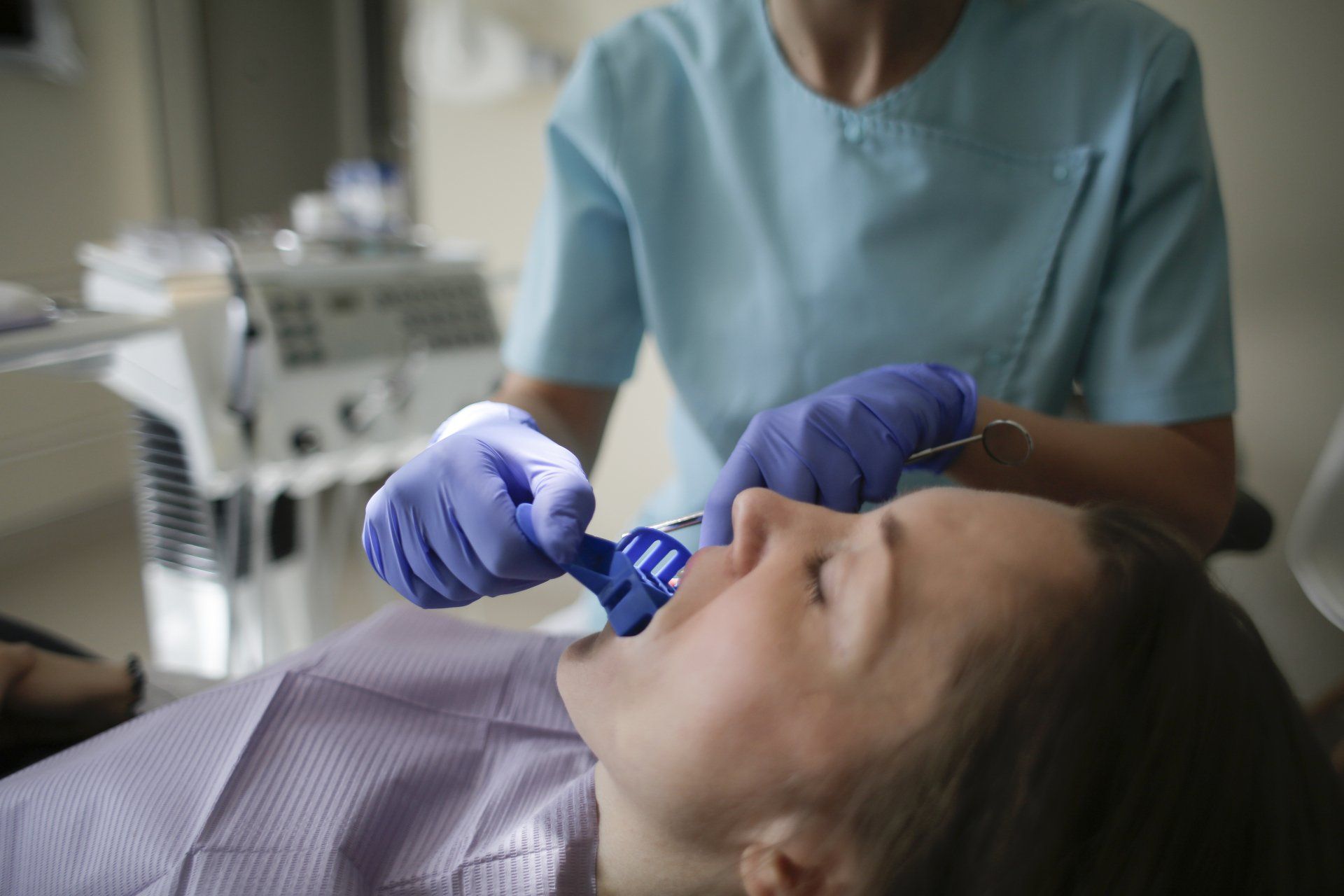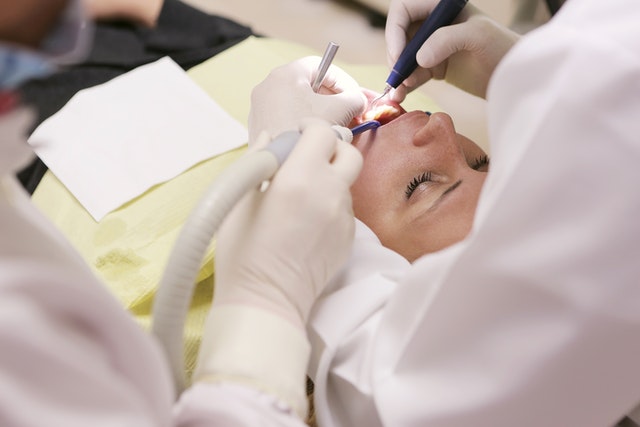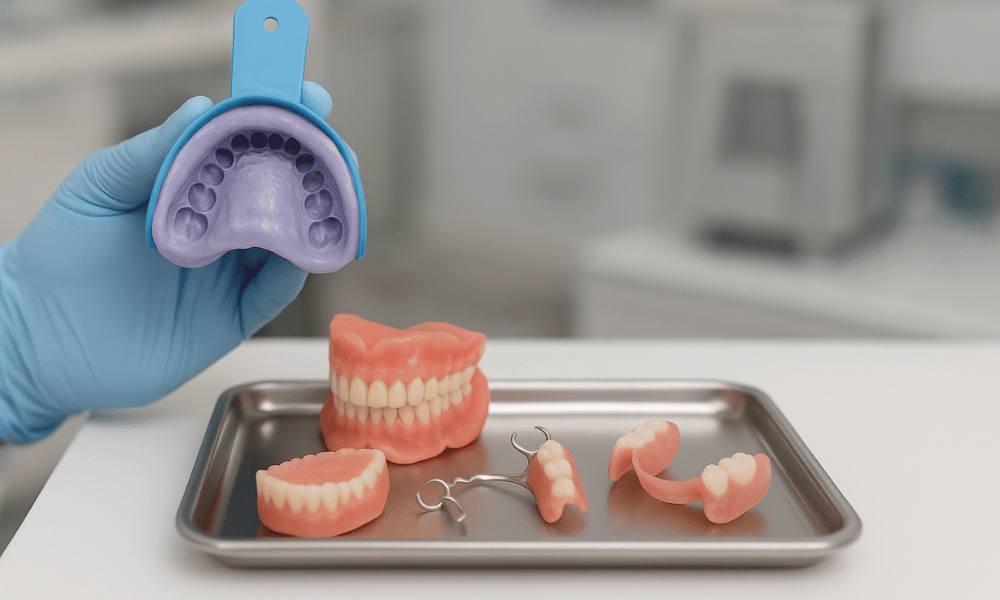October 29, 2024


Written by:
Dylan Schubert
Accurate impressions are the foundation for successful bridges, crowns, or dentures, but multiple factors can impact accuracy. However, we have the solutions to the most common dental impression errors.
Taking the perfect impression is one of the most critical yet challenging dental procedures. Accurate impressions mean your patients get the best-fitting bridges, crowns, or dentures. Yet, it’s common for errors to occur during simple steps, causing underfilling, overfilling, or materials not being set in time. These dental impression errors affect patient comfort, time, and overall costs, so it’s essential to understand these errors and how to fix them.
Before pouring a dental impression, you must prepare it properly to ensure an accurate model and avoid errors.
Below are some preparation tips that make the difference between a good vs. bad dental impression:
These steps allow adequate preparation before pouring, minimizing distortion risks and ensuring an accurate model.
Now that you are prepped, it’s time to take your patient’s impressions. Here are some of the most common dental impression errors you should avoid so your patient’s dental appliances are the perfect fit.
One of the first errors that can distinguish between a good vs. bad dental impression is marginal tears. Marginal tears may appear when the wash material has insufficient tear strength since the tear strength of materials varies between manufacturers and their viscosity. The lower the viscosity of the material, the more likely it is to tear. Marginal tearing can also result from removing the impression before the material has fully set.
Solution: Choose a denser material that helps improve the quality of the impression, and check that it’s fully set before removing it from your patient’s mouth.
Bubbles can form when moisture, fluid, or air is trapped in the impression material. Large enough bubbles can negatively affect a prosthetic and compromise fit. Fluid buildup is the typical cause of large ill-defined bubbles in preparation, but air entrapment can also influence deep and narrow preparations.
Solution: To avoid these dental impression errors, ensure enough impression material is in the tray and keep the tip of the material gun in it as the material is expressed. This process forces any air out and decreases entrapment. You can also thoroughly flush and dry the preparation before taking the impression.
You must select the right-sized tray to capture an area without distortions. The tray should be large enough to cover all teeth without contacting the soft tissues. Once an impression is completed, the results should not demonstrate any show-through of the tray. Show-through implies that the tray used was either too small or arranged improperly.
Solution: Since your patients' mouths are not all the same size, it is best to have a wide selection of trays. Stock trays are supplied in basic sizes but may not fit all your patients. Metal trays can be adjusted in the posterior regions, but modifications to the anterior can be challenging, while plastic trays are easier to modify. They can be readapted to fit a specific patient with just an alcohol torch used to heat the plastic.
However, plastic trays can create a rebound effect when removed from the mouth. To eliminate this possibility, a metal tray with sufficient support, like the Clinicians Choice Quad tray, will make your life easy and provide an accurate impression every time.
Another of the more common dental impression errors is not using high-quality materials. Choosing the best impression material will critically impact achieving precise and predictable results. Knowing the working time for the material you are using is essential.
Solution: Choose a more hydrophilic impression material. Doing so helps it better adapt to teeth.
After tracking impression materials over the years in our lab, Aquasil from Dentsply and Impregum from 3M have had the fewest remakes and adjustments.
Poor margin detail is one of the top complaints technicians have about impressions. Yet, it's one of the most crucial aspects of a dental impression. Without accuracy, problems such as open margins or inadequate prosthetic fits are more likely to occur.
Solution: Use improved retraction methods with syringeable hemostatics or components like impression coping.
Surface contamination can trigger a tacky layer of impression material. This layer can prevent the material from setting correctly.
Solution: Rinse the working area with water or mouthwash and thoroughly dry it. Clinicians should also wash gloved hands to remove residual powder and surface sulfides. To prevent putty contamination, use powder-free or vinyl gloves.
Creating an impression is the most essential yet technique-sensitive step in fabricating prosthetics. With proper preparation and attention to detail, many dental impression errors can be avoided. Spending a few minutes identifying and correcting potential complications can save clinicians the difficulties of starting over and making a new impression.
Another way for your patients to receive the best dental appliances is by working with a trusted dental laboratory like PRO-Craft. With over 40 years of experience, our dental appliances are comfortable for your patients and beautifully hand-crafted for the perfect smile.
Contact us today to learn how we can help you provide your patients with the best care and service.
For an accurate dental impression, check that the dental arches and necessary structures are fully and evenly covered and that there are no tears, bubbles, or voids. Also, check that all details of the teeth and soft tissues, such as margins and occlusal surfaces, are correct. If any of these issues are present, it’s best to retake the impression.
There are several ways to avoid one of the most common dental impression errors. To prevent distortion, take your time and use a timer to ensure the material sets fully without rushing. Make sure you use enough material to capture the necessary details without excess and that all areas of the tray, particularly around the margins, are filled. Additionally, selecting a rigid tray and using a more dense material can prevent tearing and distortion.
Another tip is properly positioning the tray, aligning it with the patient’s arch, and having them close gently into their natural bite. Make your patient more comfortable while taking the impression, and use distraction techniques like slow breathing or lifting a leg to minimize gagging. Once the impression is taken, store and transport it in a clean and dry environment.
If the impression cannot be poured immediately, especially for alginate impressions, wrap it in a damp paper towel or store it in a sealed plastic bag with a few drops of water to prevent drying and distortion. Impressions should still be poured as soon as possible.
Maintaining a clean surface affects not only whether you get a good vs. a bad dental impression but also the health of your patient, the lab personnel, and even yourself. Not disinfecting an impression can lead to cross-contamination between patients and lab personnel, potentially spreading pathogens. Always disinfect impressions according to the manufacturer's guidelines for a safe and hygienic environment.
Improving patient comfort is not just about the tools and materials you use. It's also about how you communicate with your patient throughout the process. Use appropriately sized trays, and choose impression materials that taste pleasant while setting quickly. Incorporating digital impressions into your dental practice can also provide a much better experience for your patients.

Quad-Tray Xtreme for Dental Impressions Jul 29, 2017 Consistently Accurate Impressions - The QUAD-Tray Xtreme is dentistry’s best selling metal dual-arch, disposable impression tray. Thanks to many...
Read More
Creating a well-fitting flexible partial denture starts with one critical step: an accurate impression. Unlike traditional metal-based frameworks, flexible materials like Valplast or iFlex adapt...
Read More
What is a Dental Impression? A dental impression is a close replica of a patient’s tooth structure and surrounding oral tissue. They are the cornerstone of restorative procedures and appliances. How...
Read More